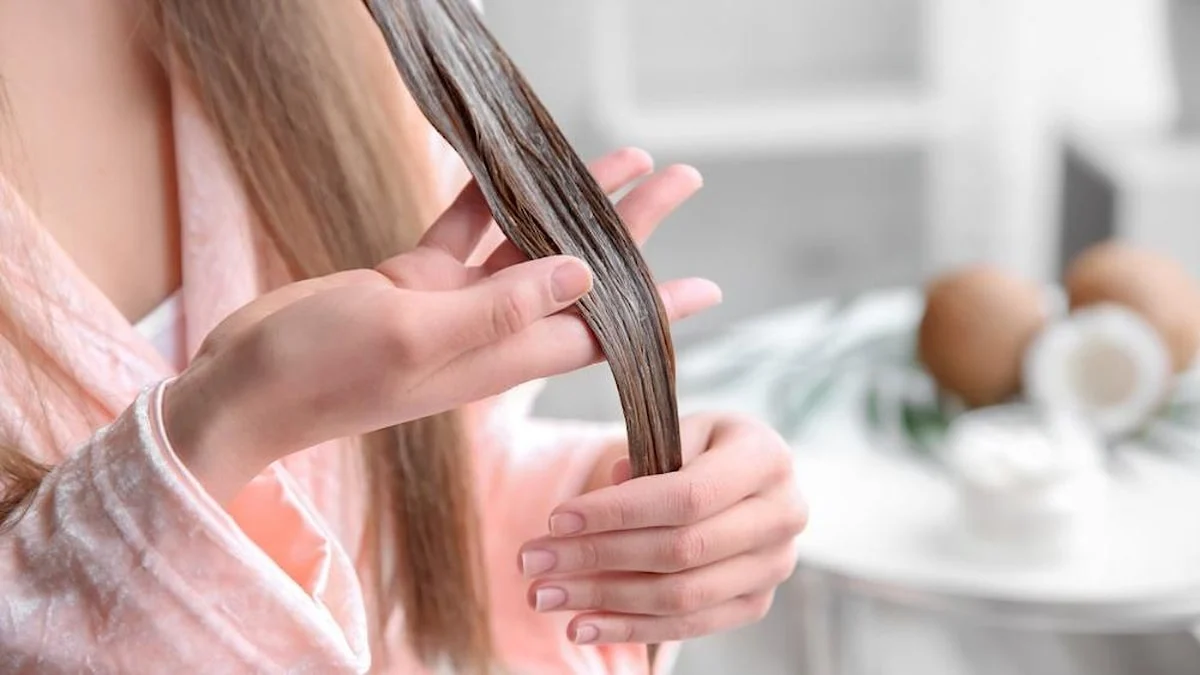A blend of magnesium, sulfate, and oxygen forms the essence of Epsom salt, a mineral compound revered for its healing attributes since its initial discovery in Epsom, England, during the early 17th century. Distinct from common table salt, Epsom salt’s chemical composition enables swift absorption through the skin, rendering it a perfect element for calming baths. This prelude paves the path for a detailed examination of the myriad advantages Epsom salt baths provide for both psychological and physical wellness.

Exploring the Scientific Basis of Epsom Salt Baths
The efficaciousness of Epsom salt baths primarily stems from its magnesium and sulfate content. Magnesium is pivotal in facilitating over 300 enzymatic reactions within the body, encompassing those related to muscle and nerve function, whereas sulfate plays a vital role in various biological activities. Immersing in warm water laden with these minerals allows for their skin absorption, thereby replenishing the body’s reserves and fostering health and well-being.
The Sanctuary of Relaxation and Stress Mitigation
Epsom salt baths serve as a refuge for diminishing stress. By modulating nervous system activity, magnesium aids in easing muscle tension and fostering relaxation. This tranquil effect assists in mitigating stress and anxiety, thereby cultivating a sense of peace.
Advancements in Skin Health
The boon of Epsom salt extends to skin wellness. Its exfoliating nature aids in shedding dead skin cells, while its moisturizing effect revitalizes the skin, leaving it supple and refreshed. Additionally, Epsom salt’s sulfate content supports the body’s detoxification, promoting a clearer, healthier complexion.
Natural Pain Alleviation and Muscle Recuperation
For individuals grappling with muscle discomfort, arthritis, or persistent pain, Epsom salt baths offer a natural alleviative solution. Magnesium’s role in relaxing muscle contractions and reducing pain renders it an invaluable recovery tool for athletes and those engaged in physically strenuous activities.
Detoxification and Enhanced Mineral Uptake
Through facilitating the expulsion of toxins via the skin, Epsom salt baths aid in the body’s detoxification efforts. Furthermore, the direct uptake of magnesium and sulfate minerals through the skin can address deficiencies and bolster overall health.
Augmented Sleep Quality and Relaxation
The influence of magnesium on enhancing sleep quality is well-established. A warm bath with Epsom salt prior to bedtime can relax muscles and soothe the mind, setting the stage for a deep, restorative sleep.
Cardiovascular Health and Improved Circulation
Engaging in regular Epsom salt baths may positively impact heart health and circulation. Magnesium’s capability to augment blood flow and lower blood pressure plays a crucial role in maintaining a healthy cardiovascular system.
Benefits for Foot Health
Not limited to full-body applications, Epsom salt baths also offer significant benefits for foot health, addressing conditions like athlete’s foot, toenail fungus, and relieving foot pain after extensive standing or walking.
Epsom Salt Baths: A Boon for Gardeners
Gardeners may find Epsom salt baths particularly beneficial for soothing aching muscles post-gardening. Moreover, Epsom salt can enhance plant growth and nutrient uptake when used in gardening practices.

Crafting Your Own Epsom Salt Bath Blends
Personalizing your Epsom salt bath is straightforward, allowing for the incorporation of essential oils and herbs for added aromatherapy benefits. Whether seeking a simple soak or a more indulgent aromatic experience, Epsom salt accommodates all preferences.
Considerations and Precautions
While generally safe, Epsom salt baths may not be suitable for everyone, especially those with severe skin conditions or kidney issues. Consulting a healthcare provider is advisable for those with health concerns.
Incorporating Epsom Salt Baths into Your Wellness Regimen
Integrating Epsom salt baths into your health routine can be as effortless as indulging in a soak once or twice weekly. For enhanced benefits, pair these baths with relaxation techniques like meditation or yoga.
Endorsements and Personal Testimonials
Countless individuals attest to the benefits of Epsom salt baths, recounting experiences of better sleep, reduced stress, and improved skin health. These personal accounts lend credibility to the scientific advantages previously discussed.
Exploring Alternatives and Complementary Practices to Epsom Salt Baths
While Epsom salt baths provide numerous advantages, incorporating other natural bath additives or complementary practices like aromatherapy can amplify the therapeutic outcomes.
The Comprehensive Health Benefits of Epsom Salt Baths
Epsom salt baths deliver a broad spectrum of health benefits, from detoxification and stress alleviation to enhancing sleep and aiding muscle recuperation. Its natural attributes render it an invaluable, accessible tool for elevating wellness.
The benefits of Epsom salt baths transcend simple relaxation, offering a versatile remedy for soothing sore muscles, improving sleep, and boosting skin health. Incorporating this natural treatment into your self-care routine allows you to harness its extensive benefits for enhanced well-being.
Frequently asked questions cover the recommended frequency of Epsom salt baths, their efficacy in treating skin conditions, safety during pregnancy, optimal quantities for use, potential weight loss benefits, and associated risks.
How often should I take an Epsom salt bath?
Can Epsom salt baths help with skin conditions?
Is it safe to use Epsom salt baths during pregnancy?
How much Epsom salt should I use in a bath?
Can Epsom salt baths help with weight loss?
Are there any risks associated with Epsom salt baths?








